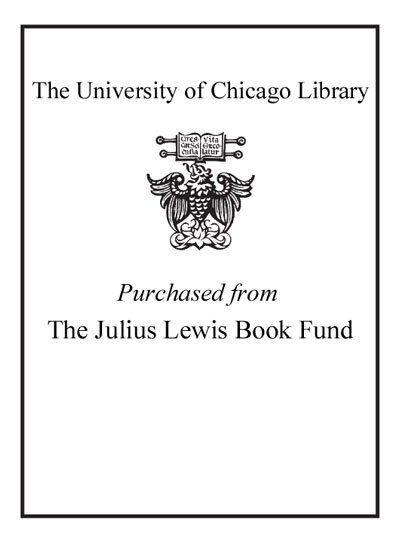| Summary: | The round and octagonal churches of Jerusalem were the earliest of their kind. Powerful, monumental structures, recalling imperial mausolea and temples, they enshrined the holiest sites of Christianity. Constantine himself ordered the building of the first ones immediately after the council of Nicaea (325), his main objective being the authentication of Jesus's existence in Jerusalem in accordance with the council's resolutions, but the sites he chose in Palestine also obliterated reminiscences of Jewish or Pagan domination. Holy Sites Encircled demonstrates that all four concentric churches of Jerusalem encircled new holy sites exclusively relating to the corporeal existence of Jesus or Mary, and that they were self-contained, and apse-less because the liturgy, including the Mass, was performed from the venerated centre. Offering intimate concentric spaces, as well as perpetual processions around these sites, they promoted the development of new feasts, shaping the city's liturgy and that of the whole Christian world. They were found especially suitable to compete with former religious landmarks and therefore many of their descendants outside Jerusalem were cathedrals. This volume begins with the Church of the Holy Sepulchre, which replaced a pagan temple in Jerusalem city centre, and concludes with the Dome of the Rock, a unique Muslim structure, which was built by the Ummayads on the very site of the ruined Jewish Temple on Mount Moriah, using the concentric architecture of Jerusalem to establish their new authority. Illustrating how architectural form links together culture, politics, and society it explores the perceptions and architectural models that shaped these unusual churches and their impact, in both ideas and design, on future architecture.
|
|---|

